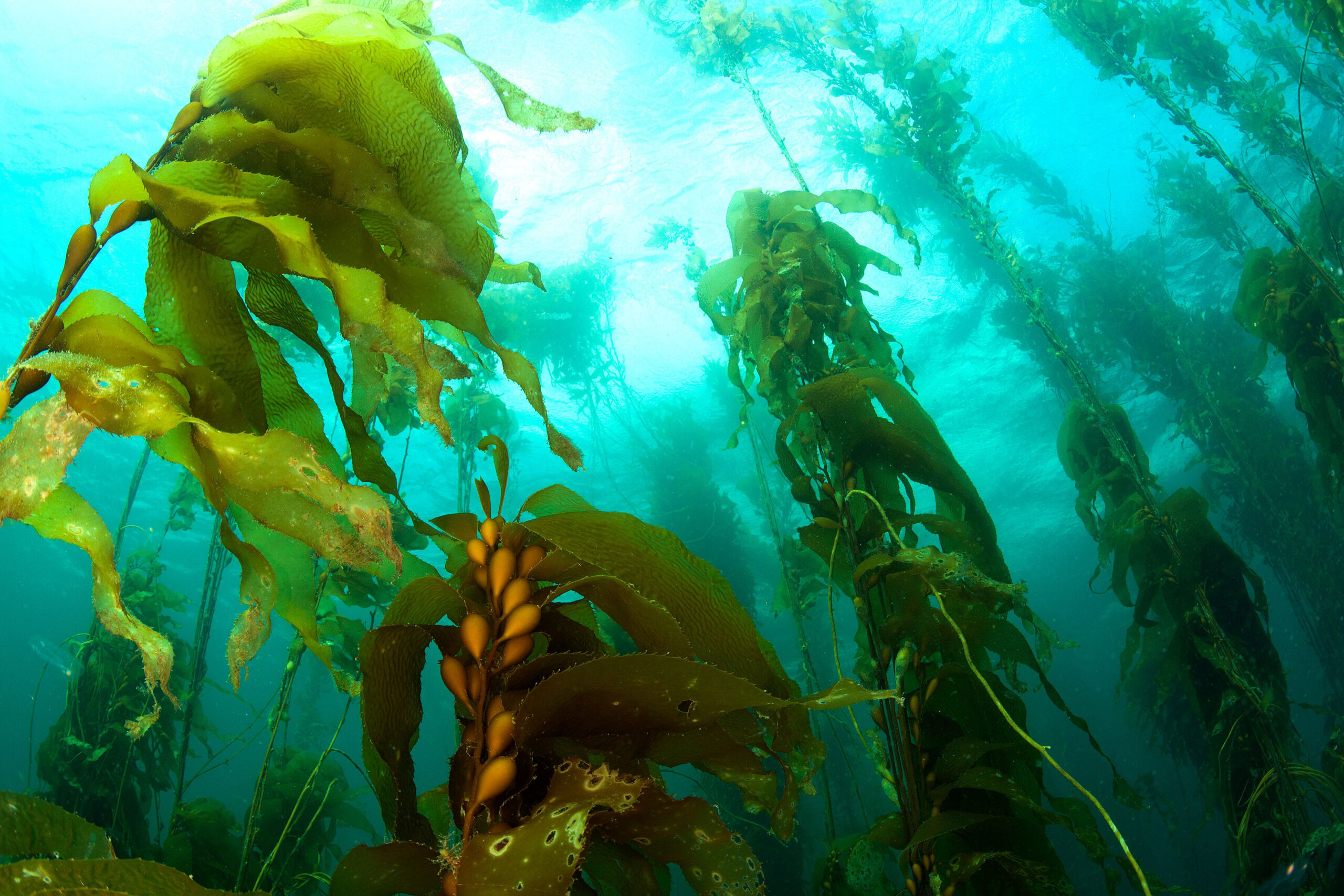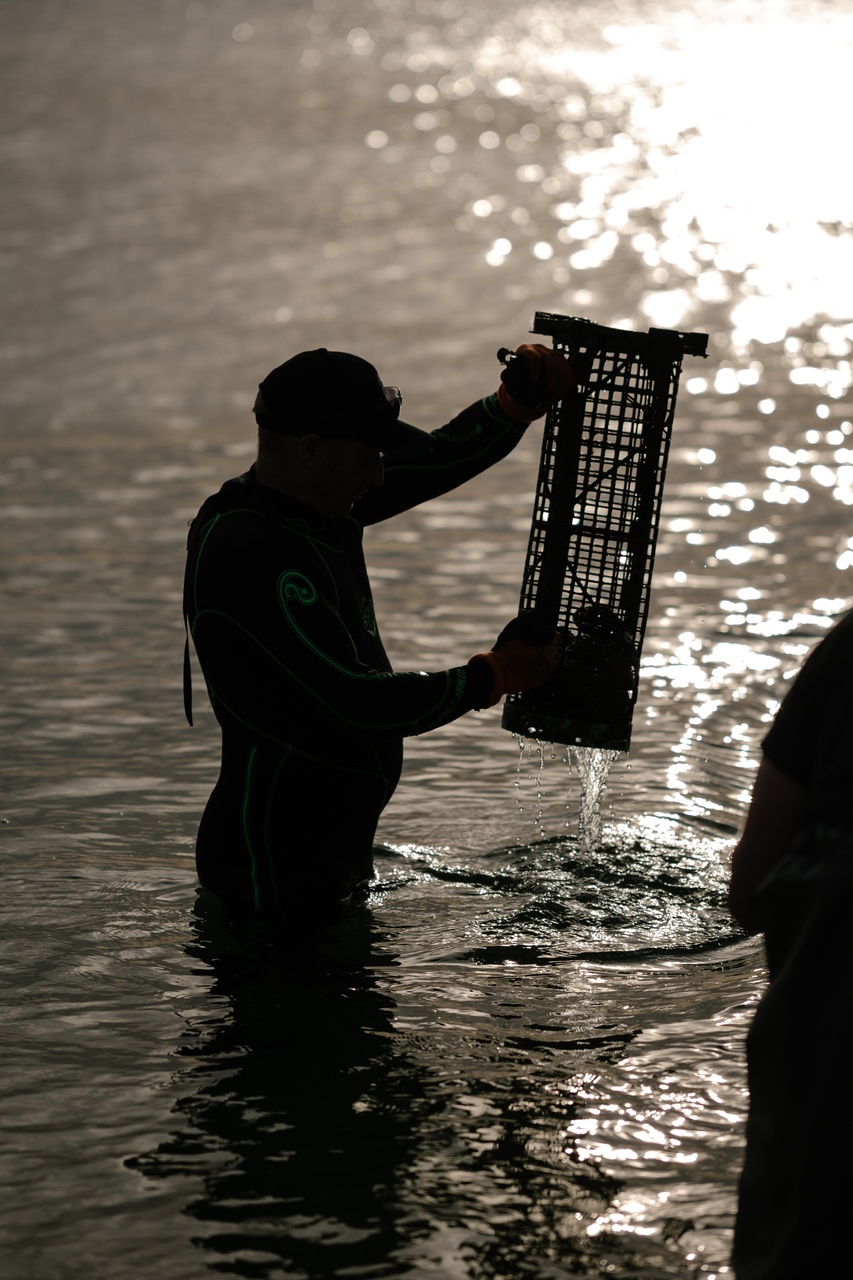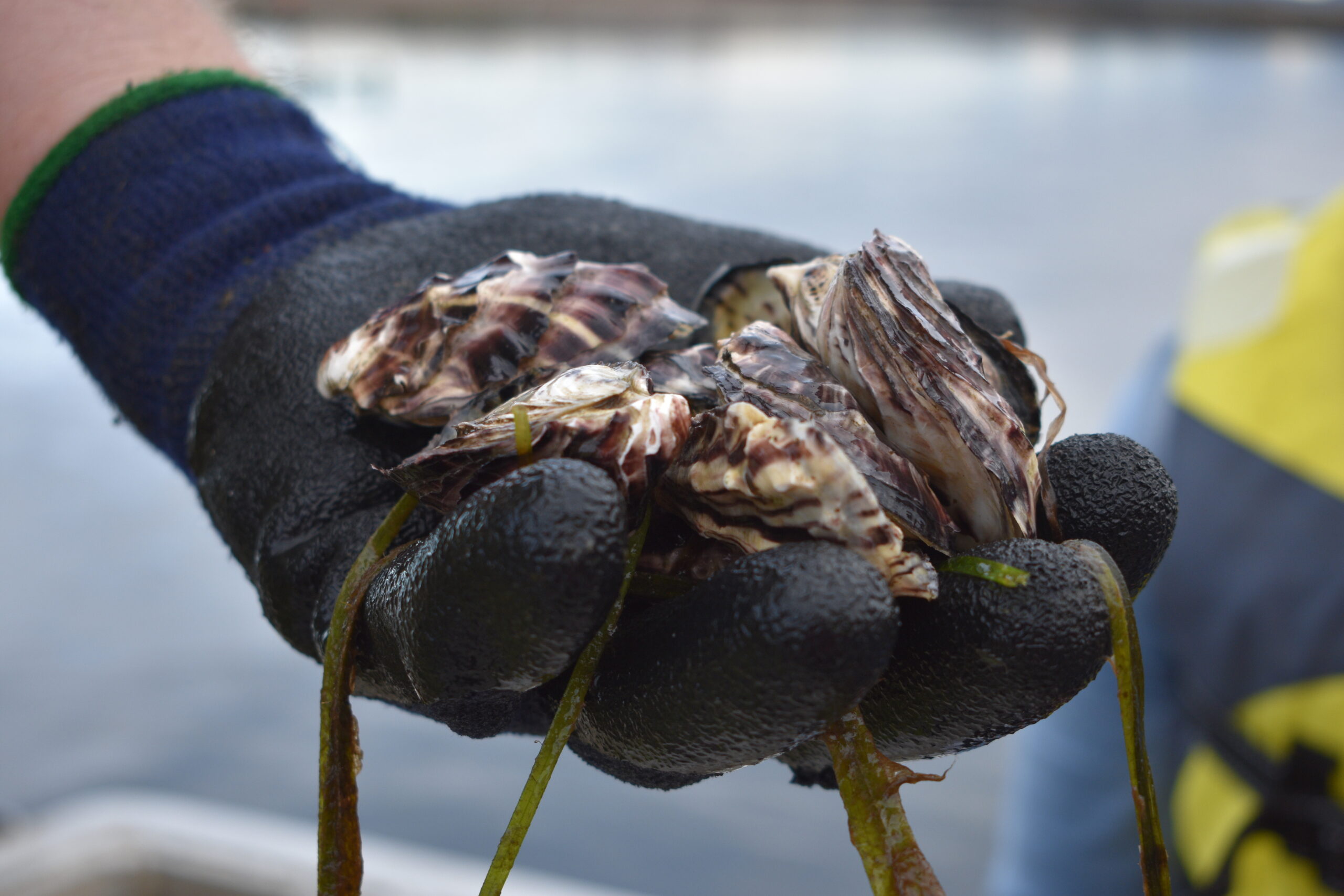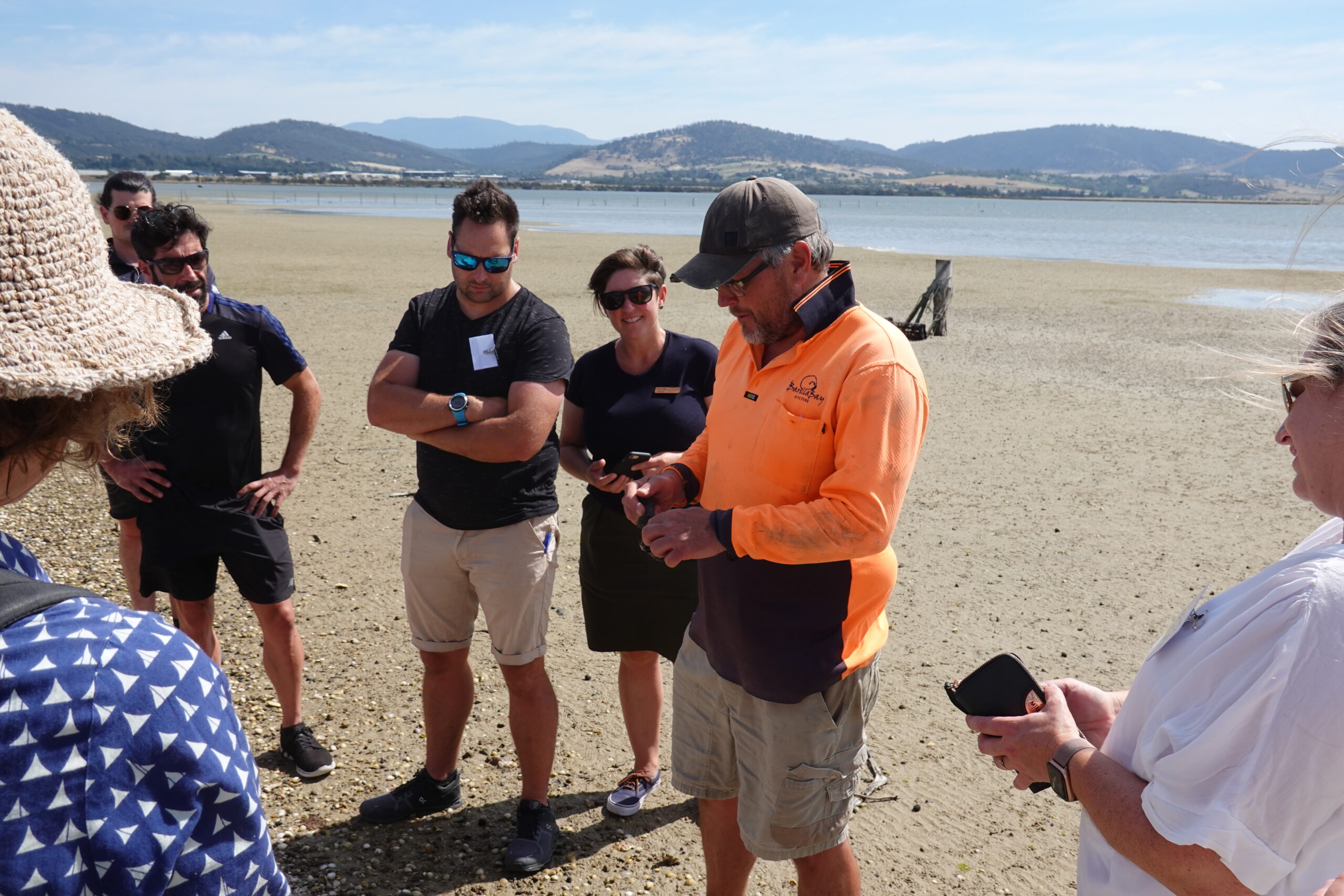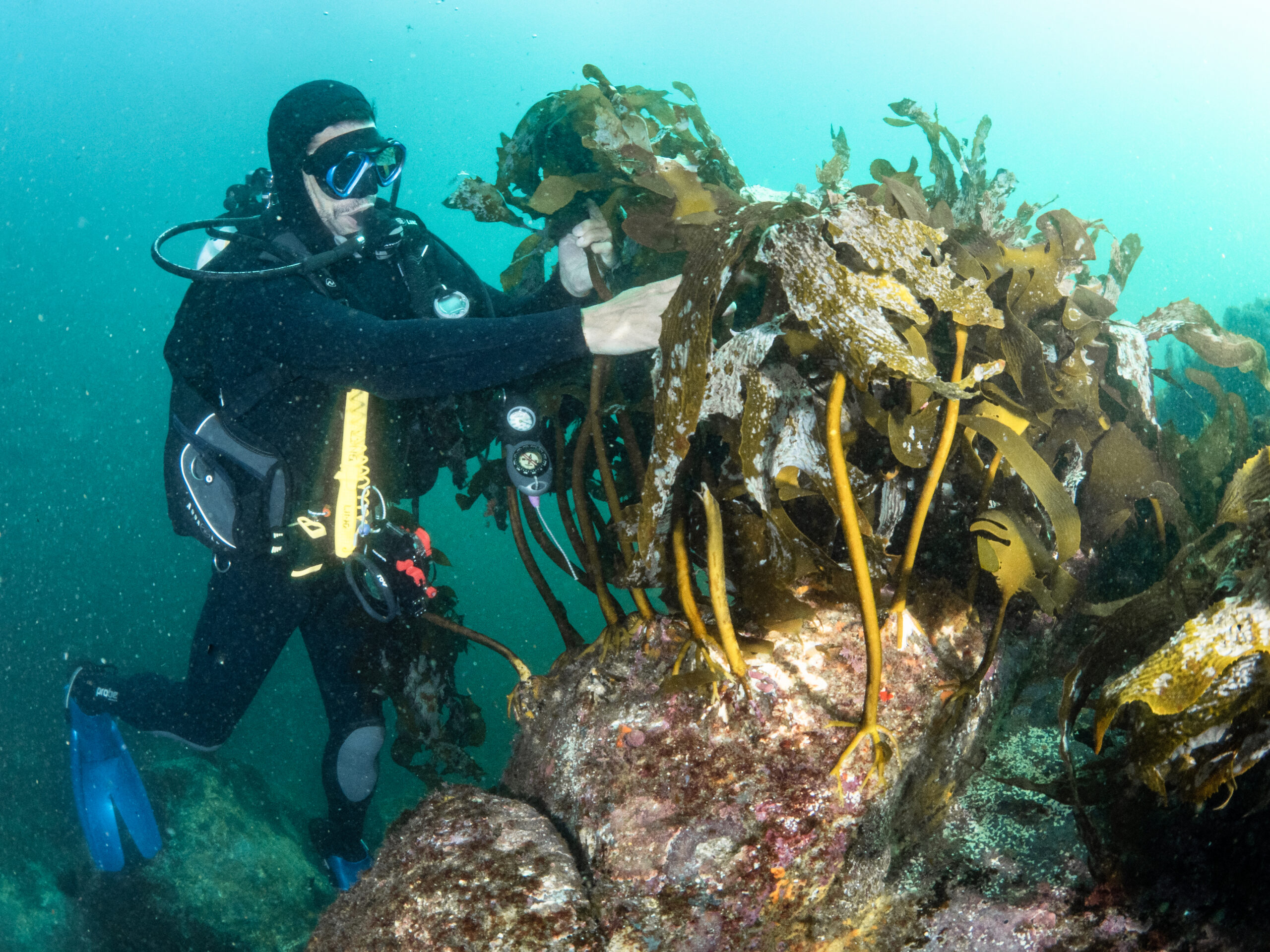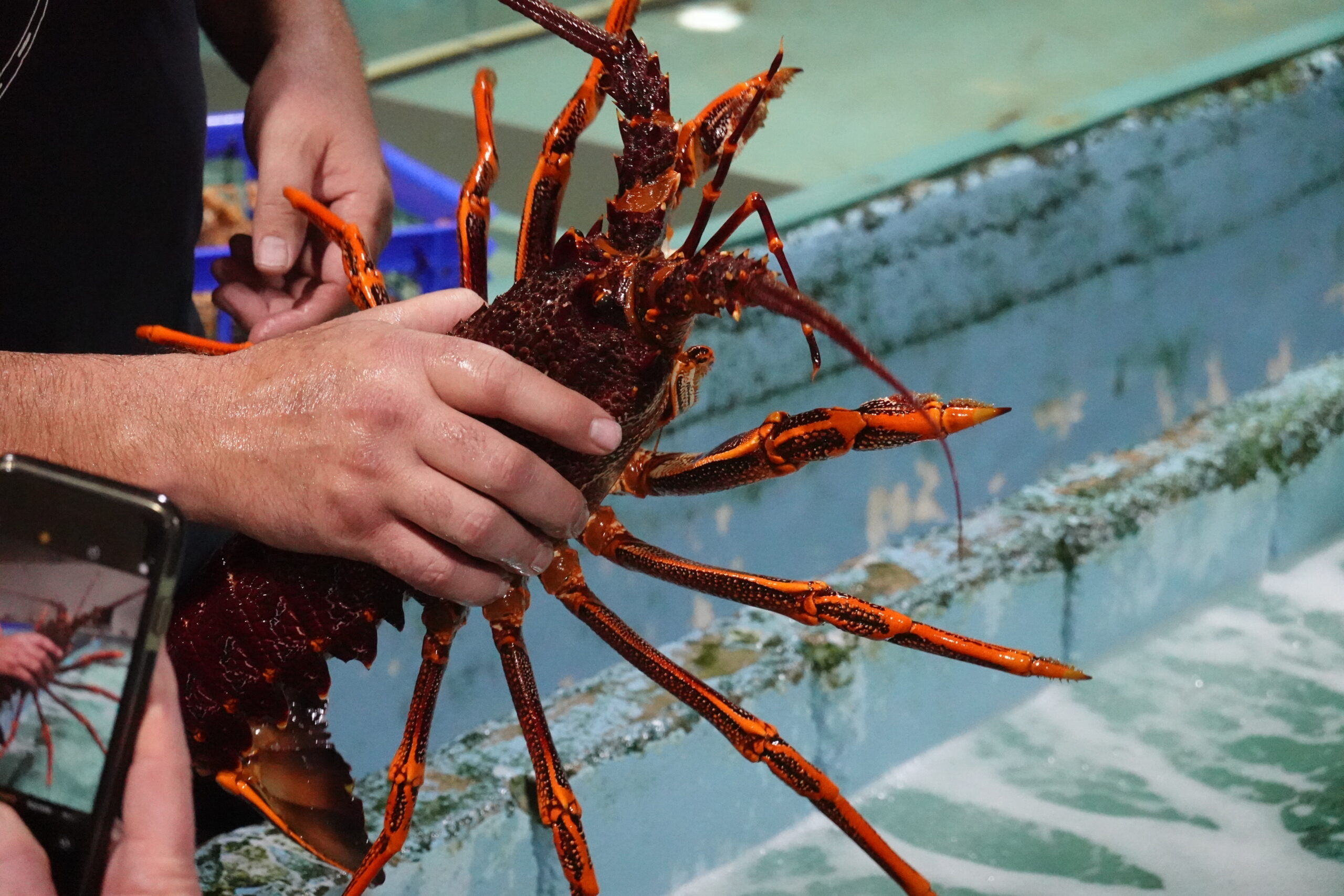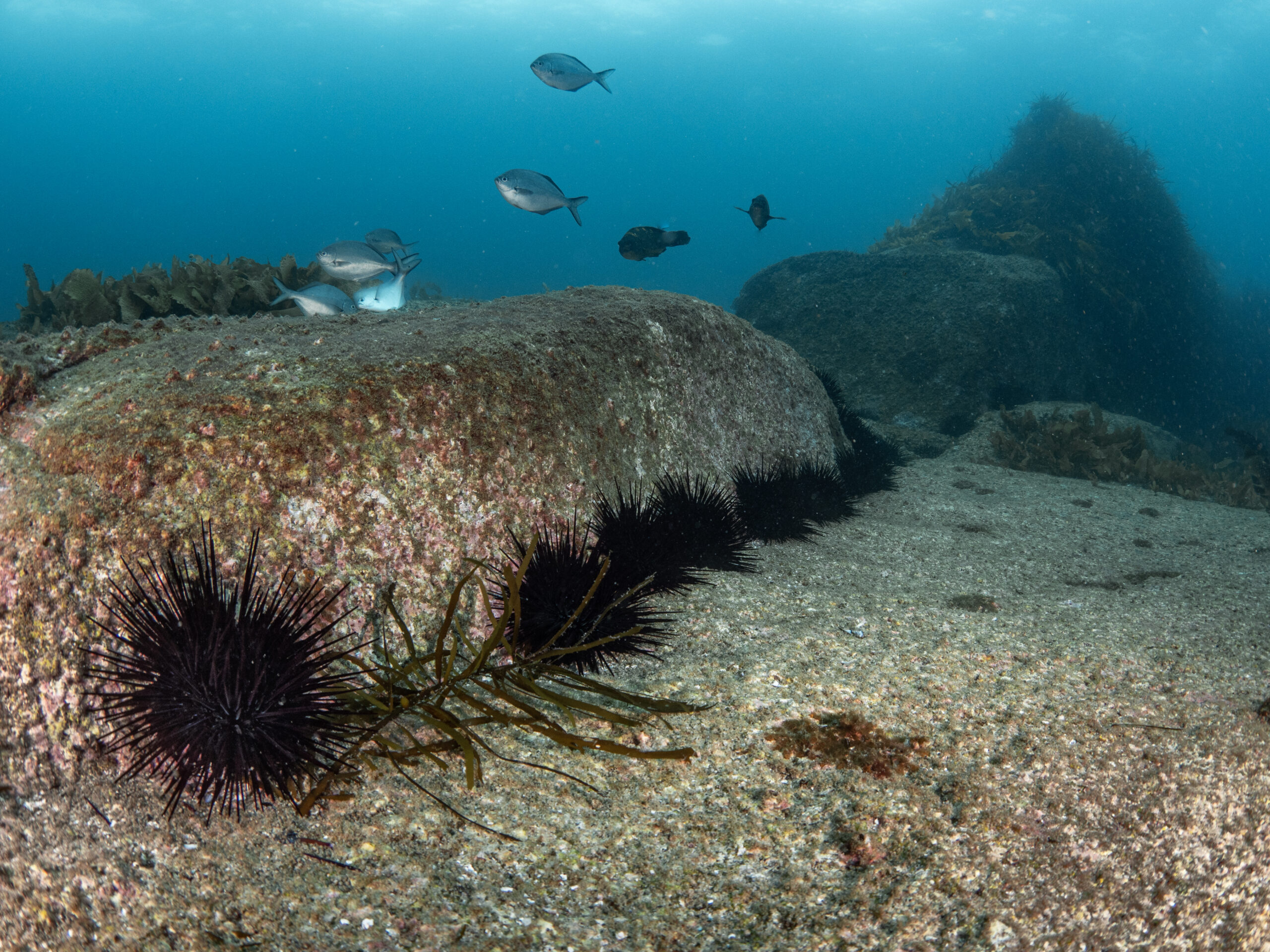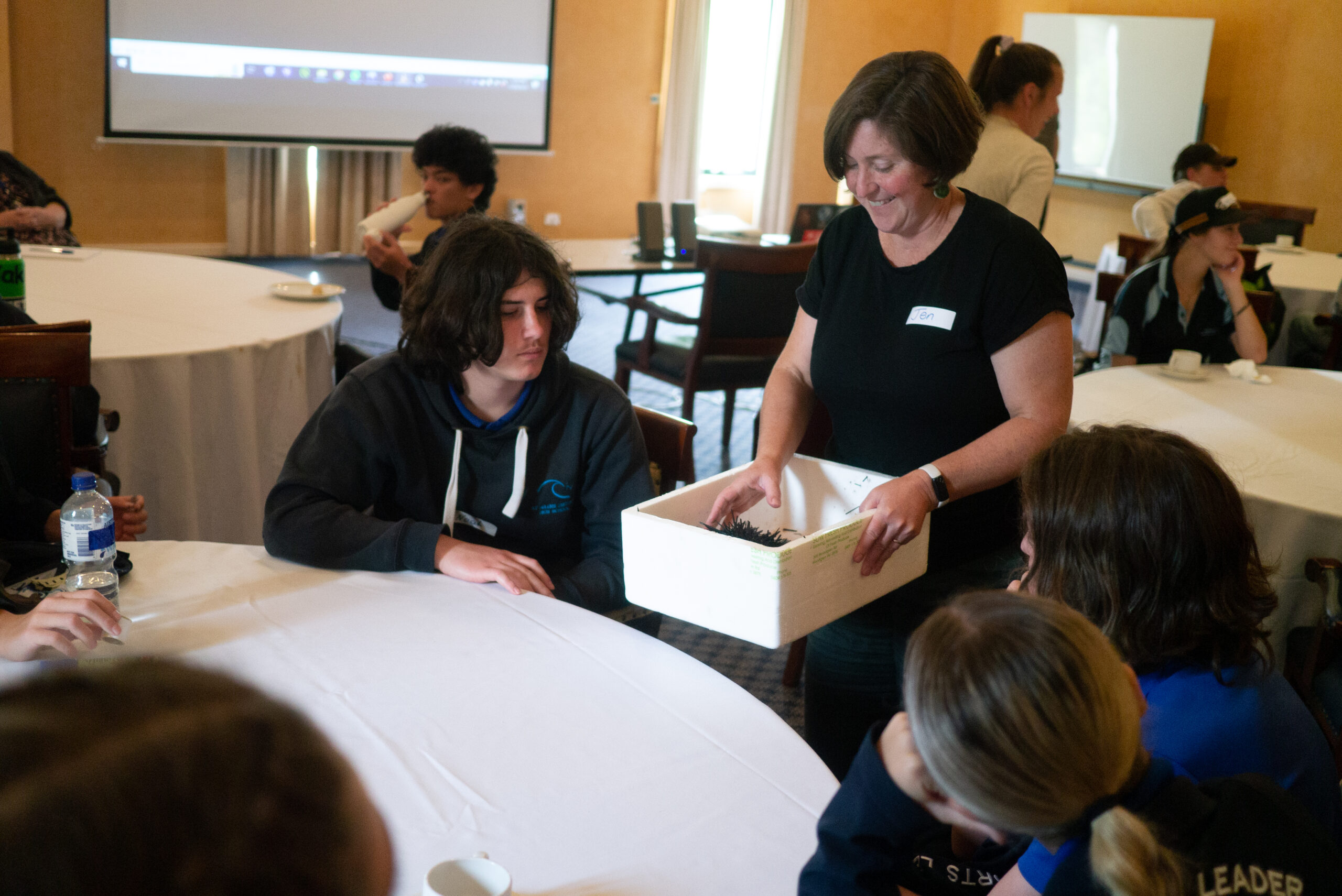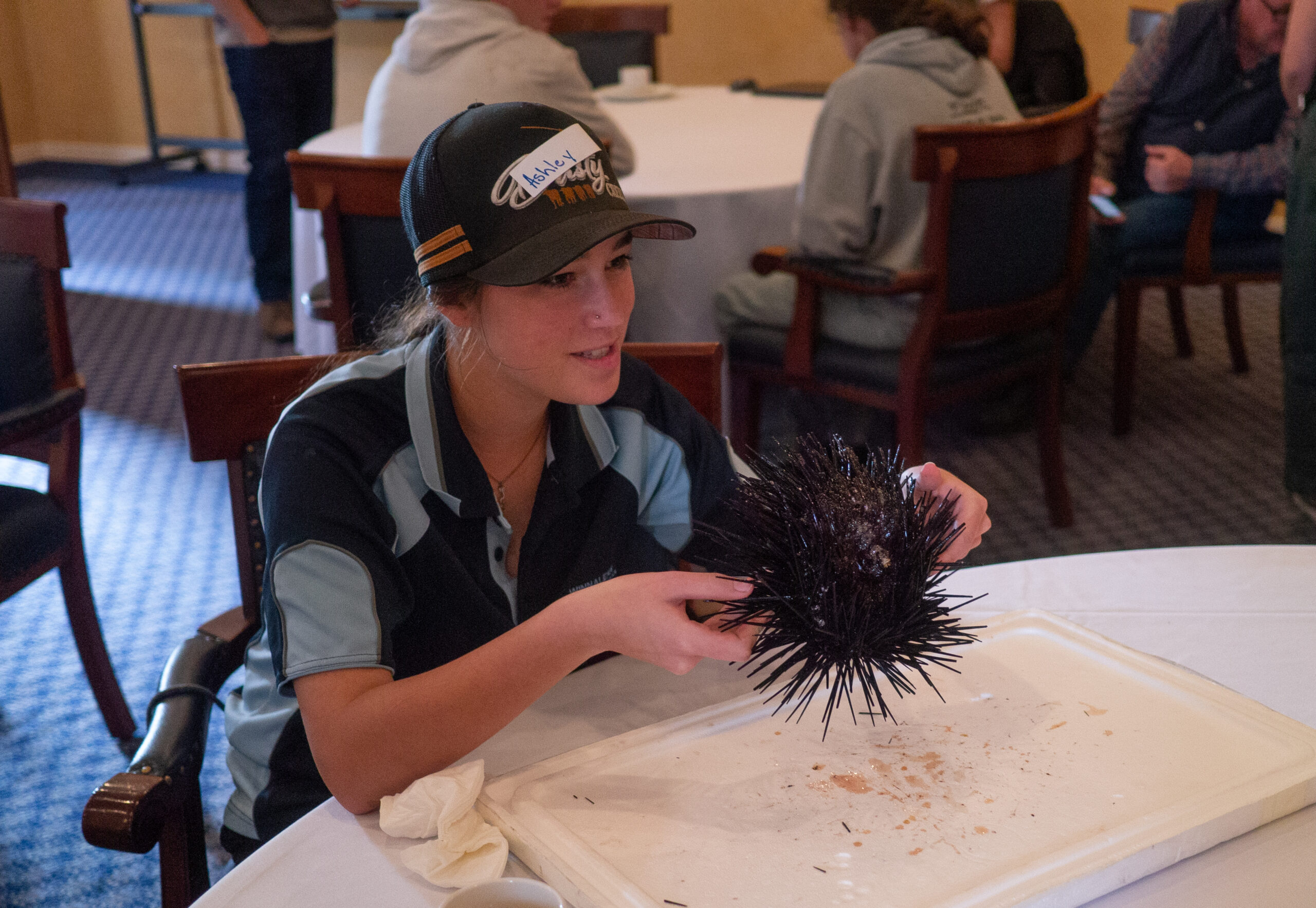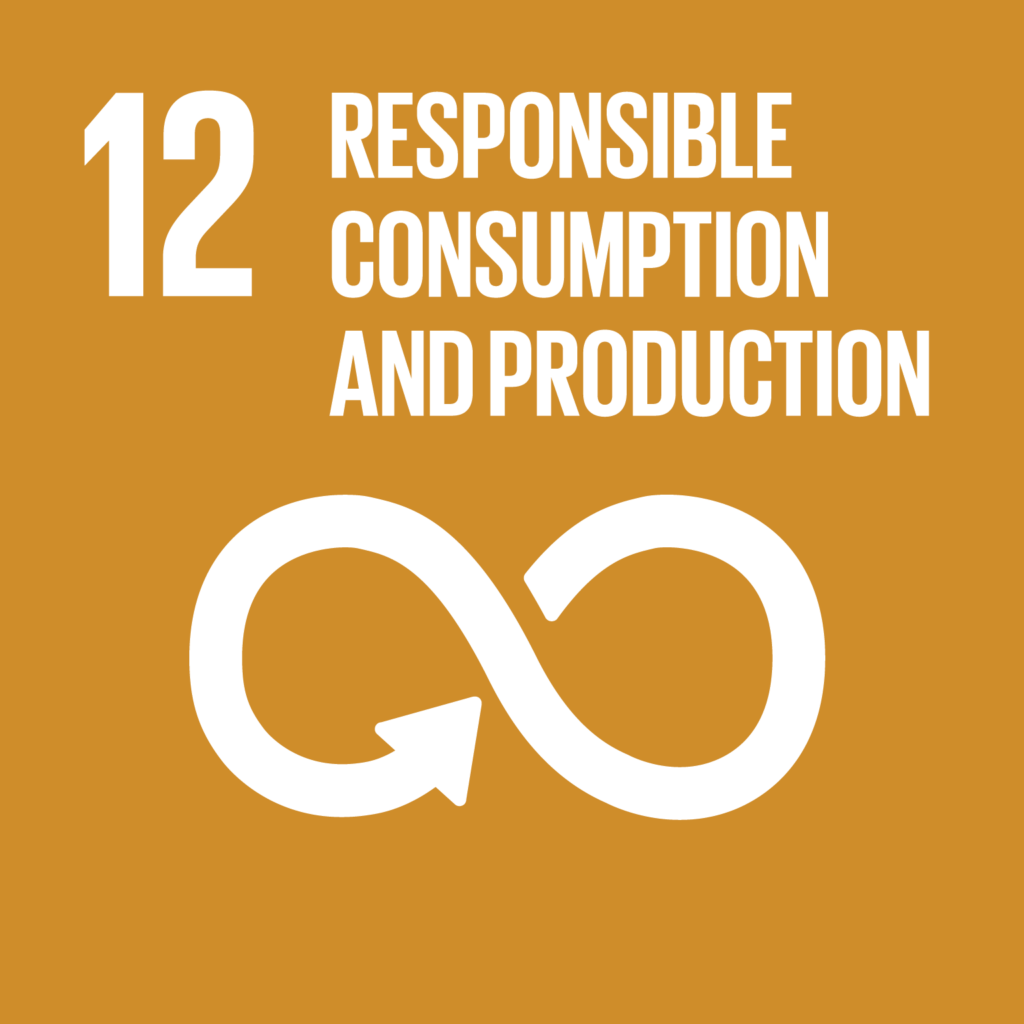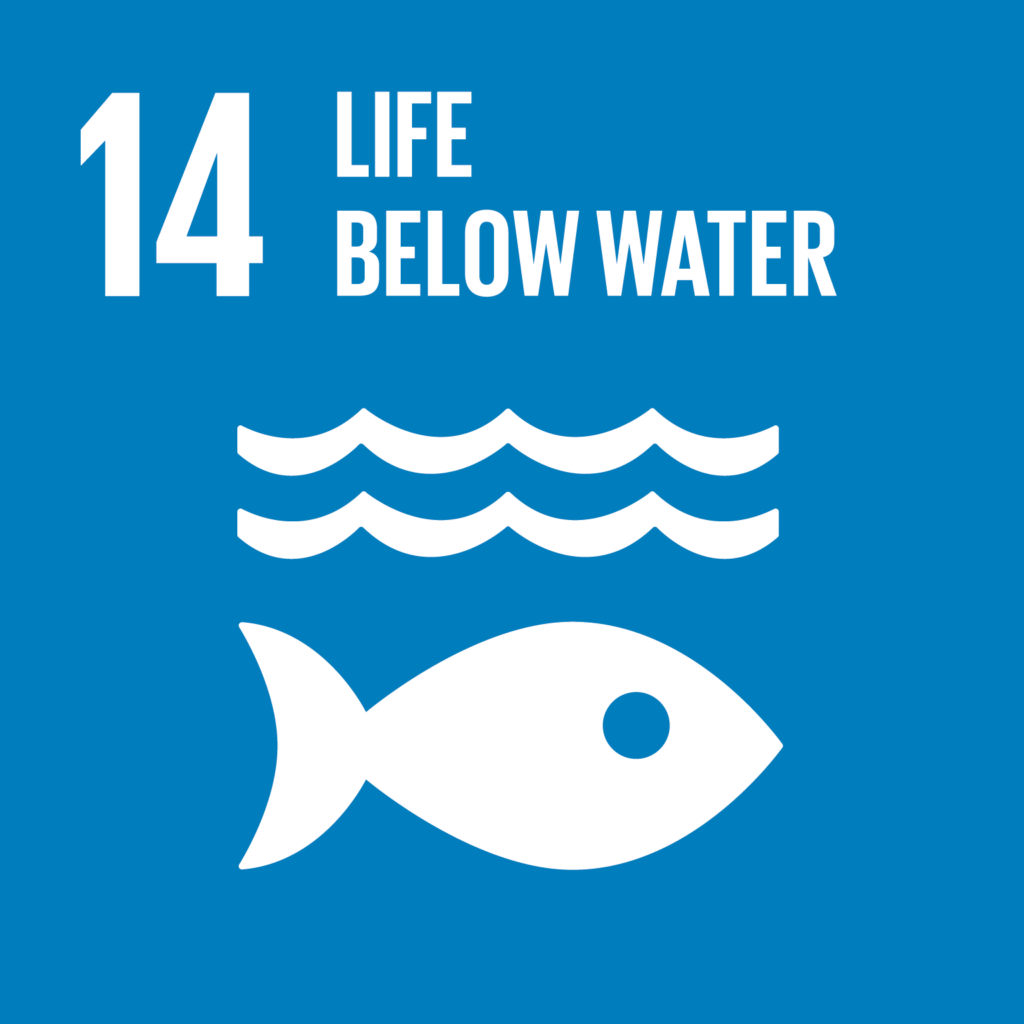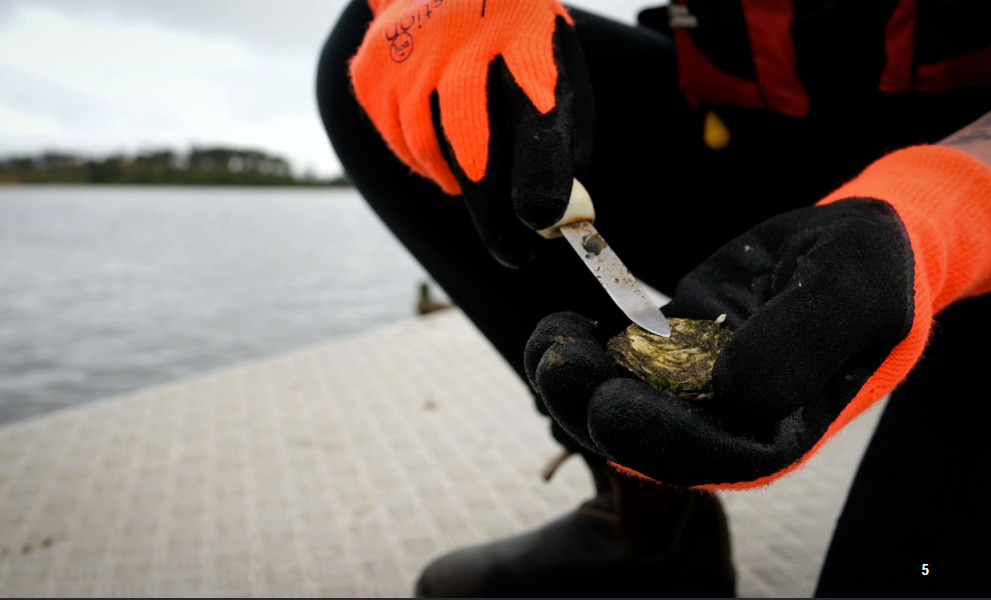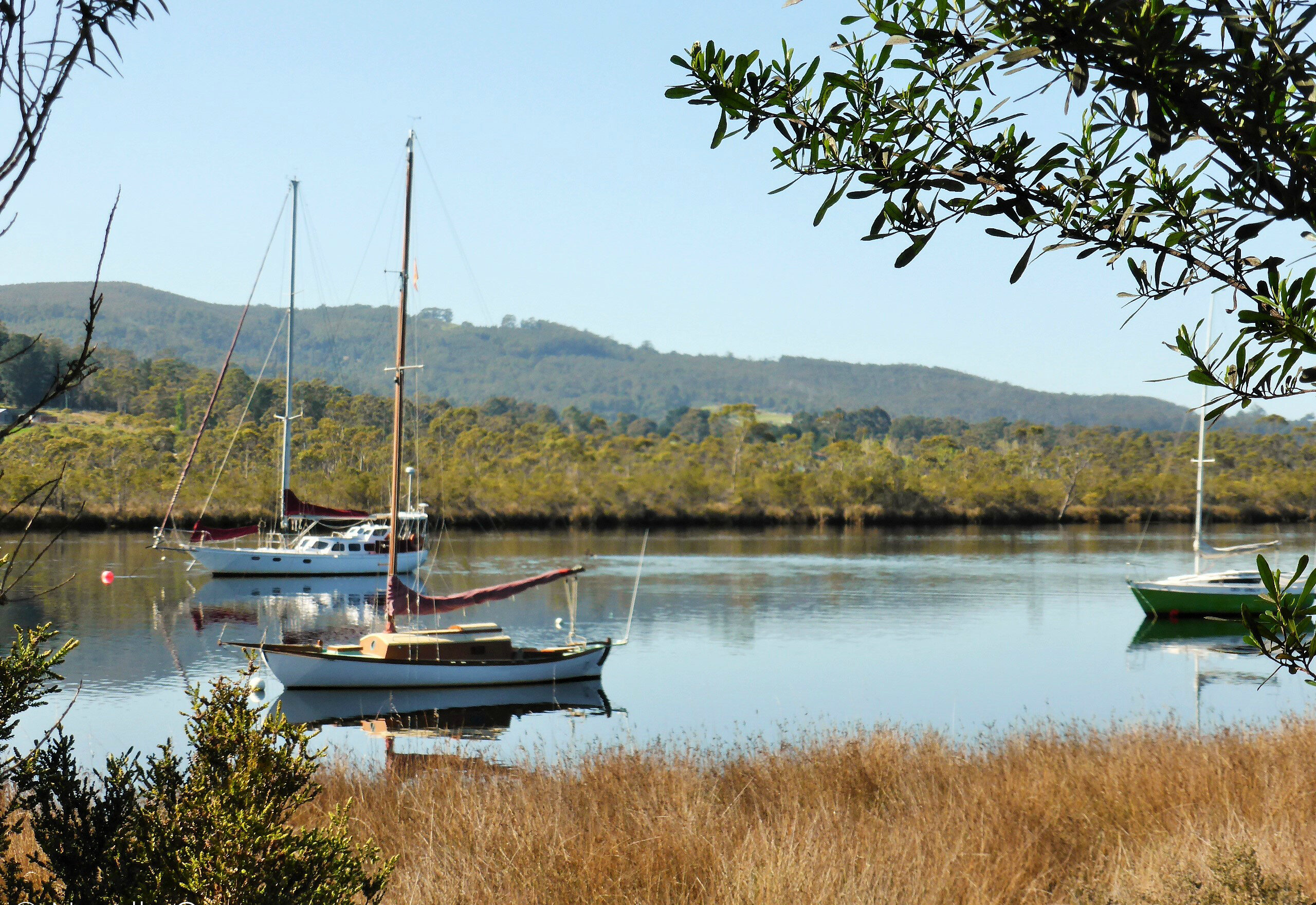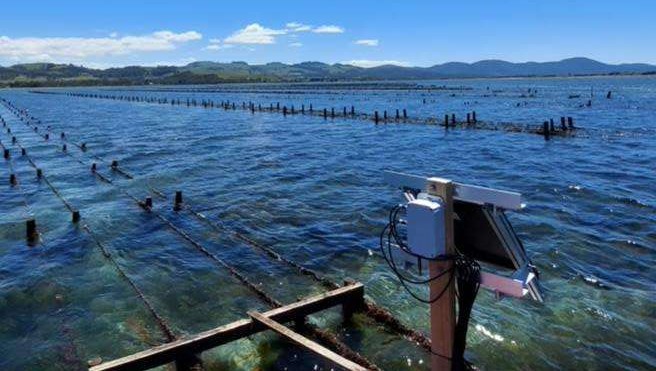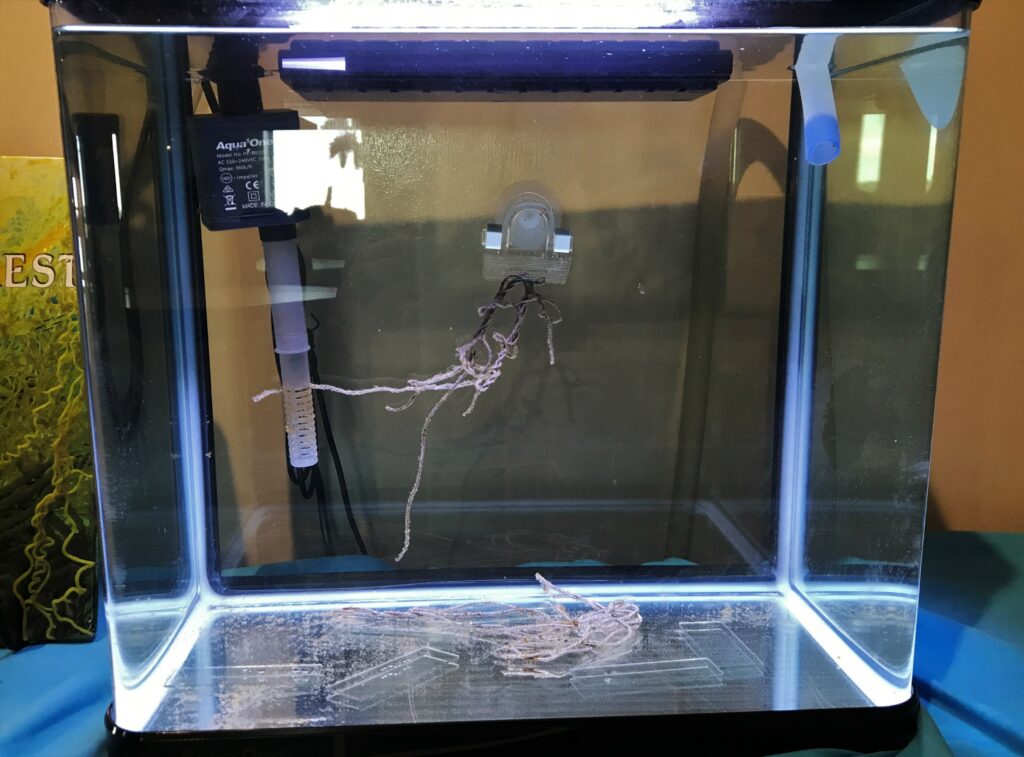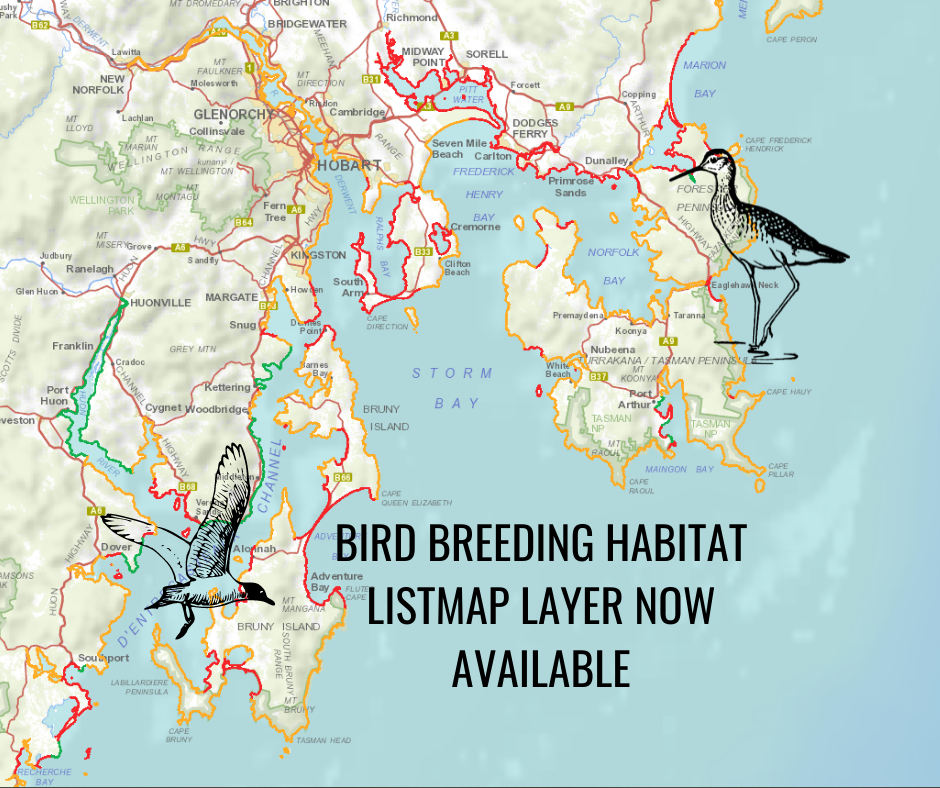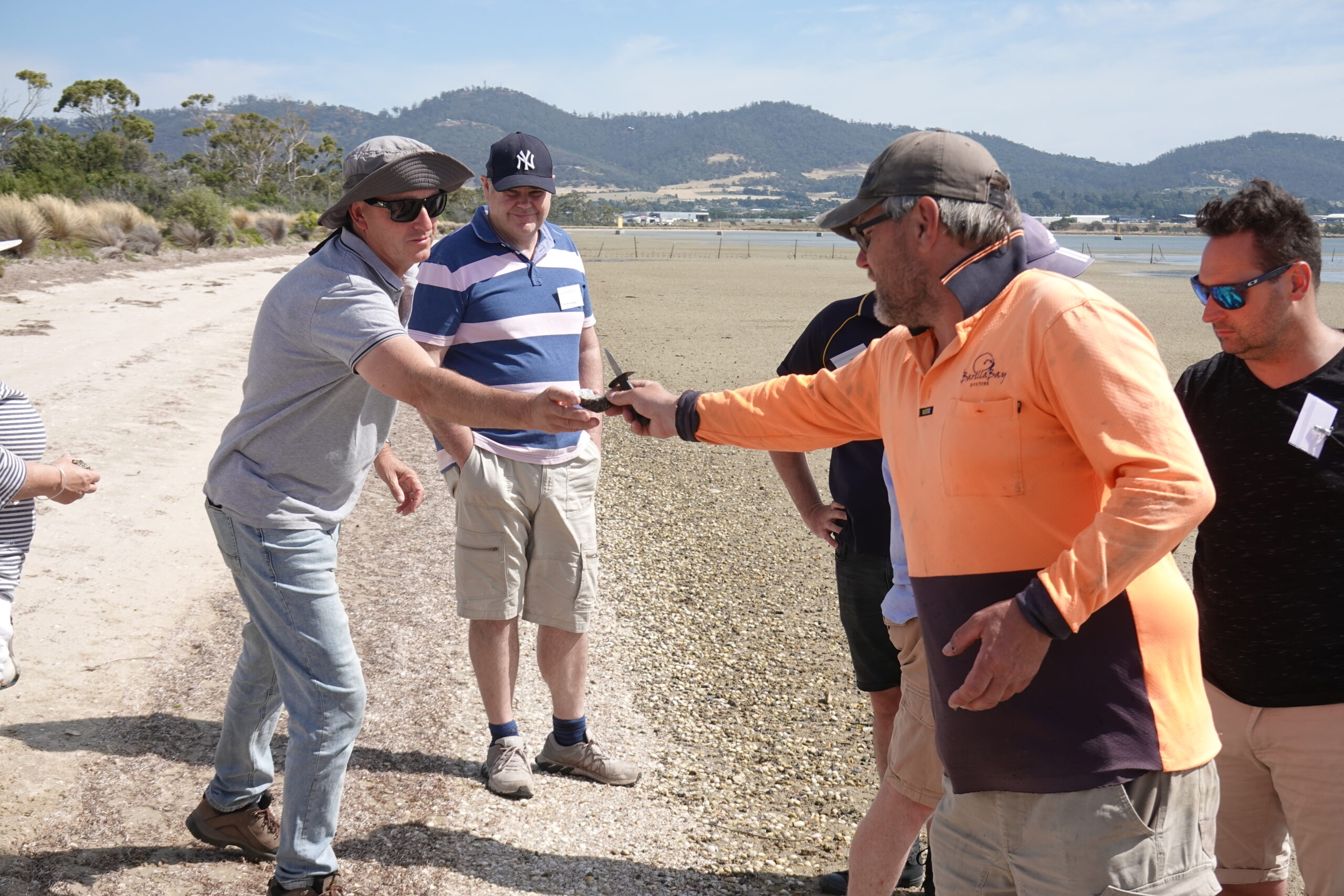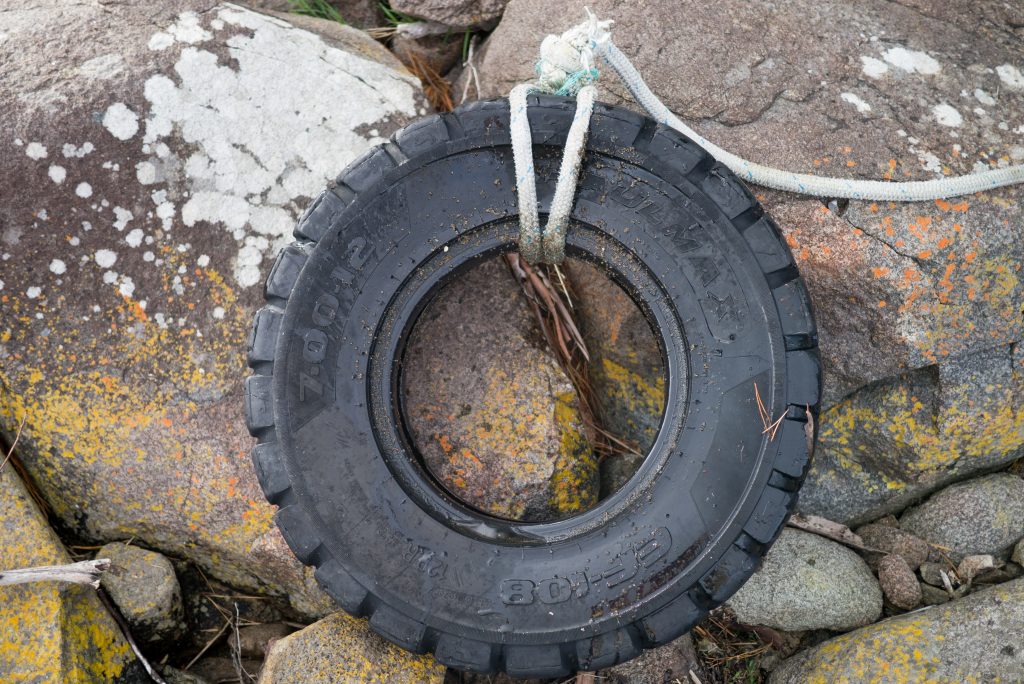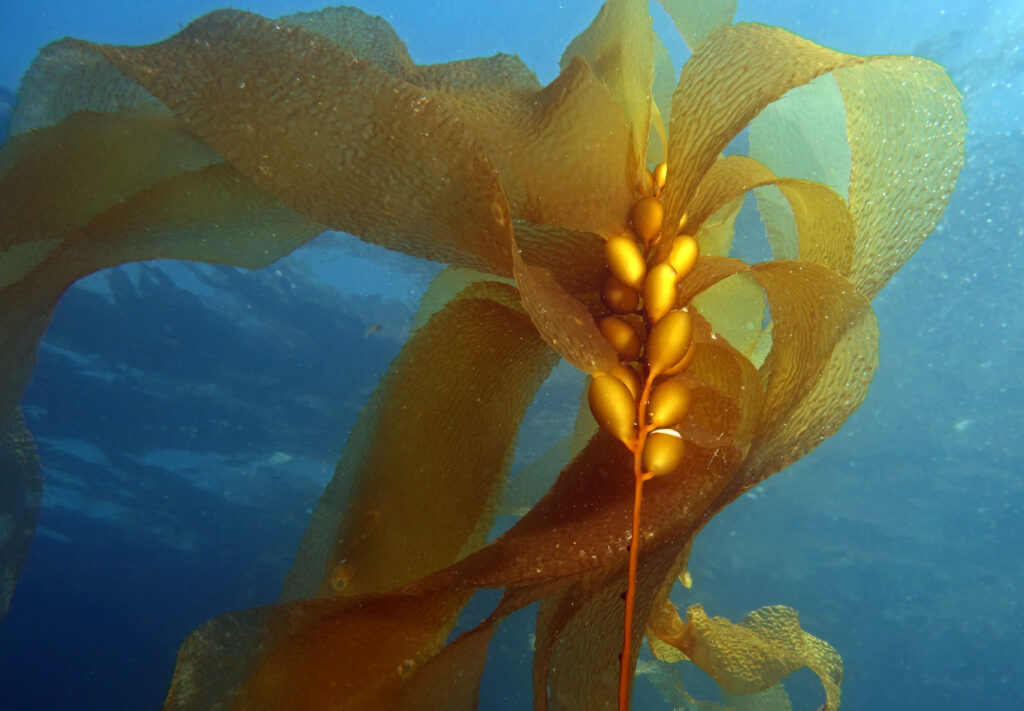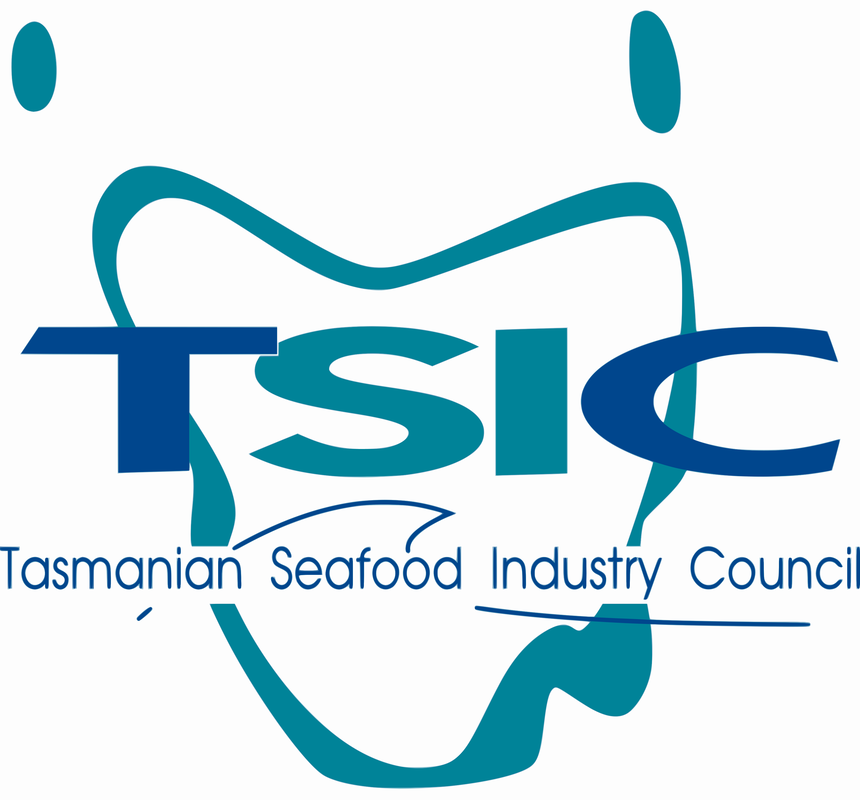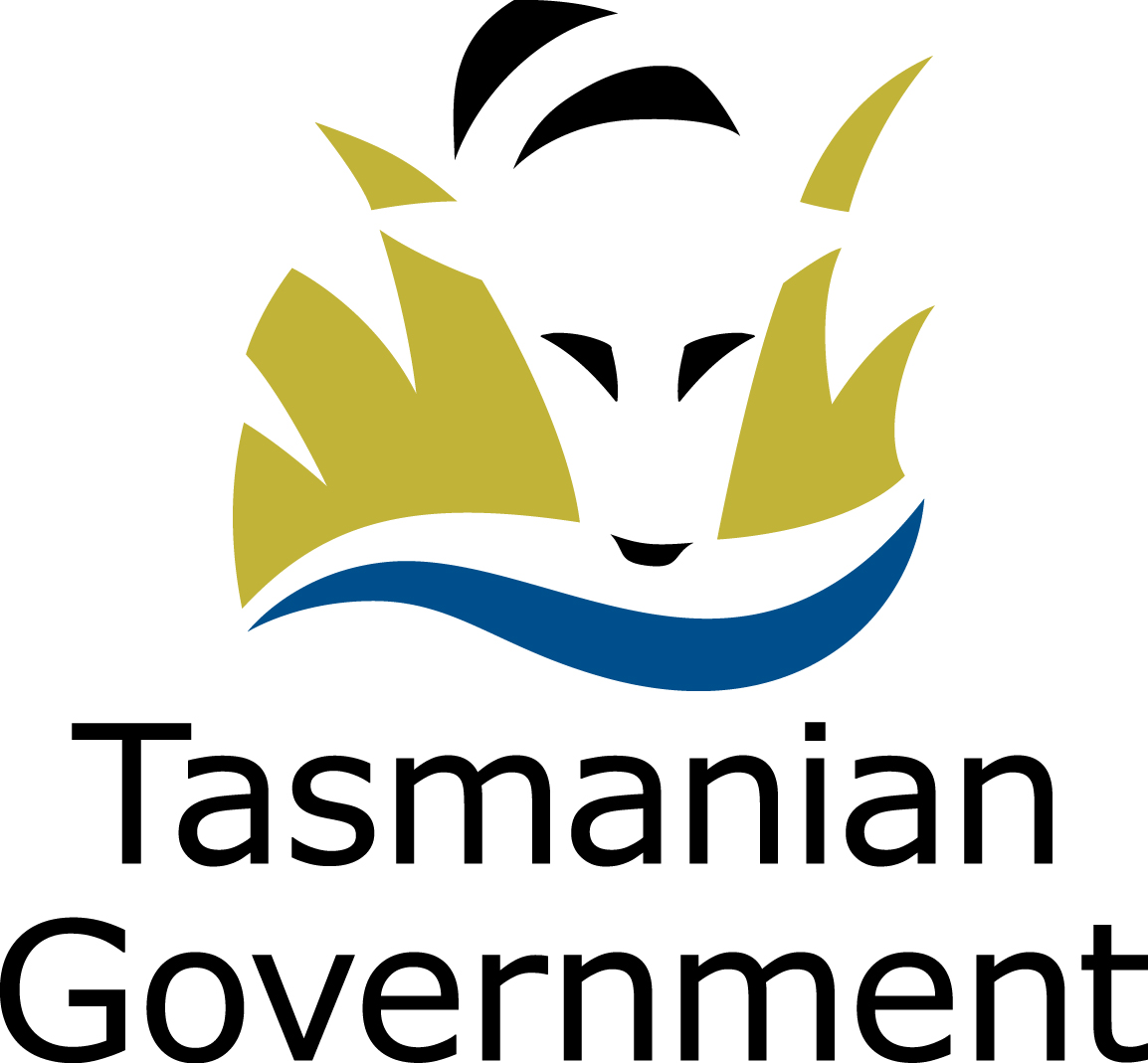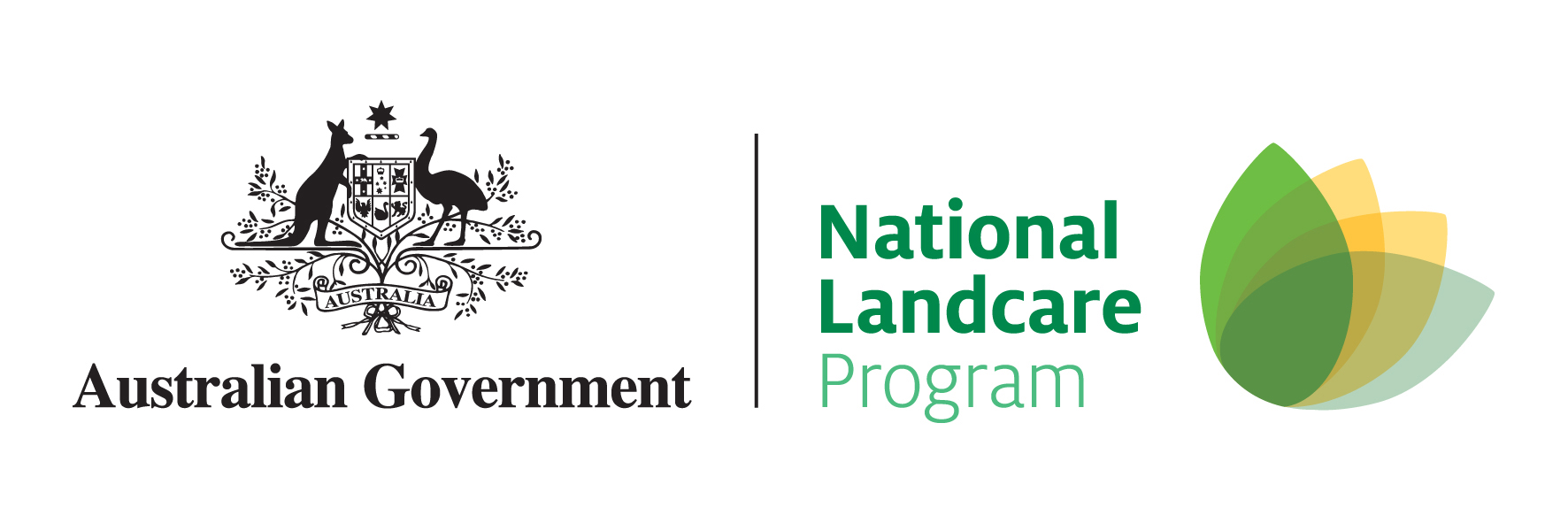Tasmanian Smart Seafood Partnership
Tasmania’s seafood industry uses adaptive management strategies informed by scientific research to make the industry as sustainable as possible. This partnership project with the Tasmanian Seafood Industry Council supported industry-based training, school education and habitat restoration through the Tasmanian Smart Seafood Partnership.
The Tasmanian Smart Seafood Partnership (TSSP) aimed to increase the efficiency and effectiveness of Tasmania’s seafood industry practices to conserve and restore marine biodiversity in our waterways. The State-wide project built on partnerships between the Tasmanian seafood industry, NRM organisations, training organisations, government and regulatory authorities, and community.
TASMANIAN SMART SEAFOOD PARTNERSHIP
Our Approach
Working in partnership with the Tasmanian Seafood Industry Council, we:
- Developed a Sustainable Seafood Pathways Training and Skills Set Package for use within the Tasmanian aquaculture and fishing industries;
- Delivered a Marine Biodiversity Education and Awareness Program for Schools, the seafood industry and community;
- Created a Boating Code of Practice to provide practical guidance on safe boating in Tasmanian waters for all waterway users;
- Helped shorebirds through the creation of a series of digitised map layers;
- Supported partners in the restoration of Tasmania’s giant kelp forests;
- Supported the Tasmanian Commercial Dive Association to harvest invasive long-spined sea urchin, and;
- Partnered with Oysters Tasmania to build an oyster sensor network.
PROJECT PILLARS SMART SEAFOOD
Background
Tasmania’s marine ecosystems are home to species found nowhere else in the world. They support world-renowned seafood industries and have been culturally important for thousands of years. Seafood production is a vital part of Tasmania’s economy and depends on an informed workforce and a well-managed marine and estuarine environment.
The Tasmanian Smart Seafood Partnership (TSSP) project was established in 2018 and is delivered in collaboration with the Tasmanian Seafood Industry Council. The Partnership supports the adoption of processes and practices within the seafood industry which have positive outcomes for marine biodiversity. The objective of the TSSP is to deliver industry training, to develop school and community education resources and to co-invest with industry in habitat research and restoration activities.
Responsible Boating
Professional sea fishers and farmers rely on healthy coastal and marine waters for their livelihoods. However, with changing sea temperatures bringing new biosecurity risks, and uncertainty around contemporary recommendations for looking after the environment, not all boat users understand their responsibilities.
So, the Tasmanian Smart Seafood Partnership (TSSP) has created a Boating Code of Practice to provide practical guidance on safe boating in Tasmanian waters for all waterway users. Boat users can find out information through their sector bodies, online and through their boating registration.
The Boating Code of Practice focuses on best practice for general marine safety, biosecurity risk reduction, dealing with marine debris and pollution, and caring for coastal and marine ecosystems, birds and mammals, and bycatch. It also provides advice for how to report incidents if they occur.
The Code of Practice is now available. Click here to download a copy.
TASMANIAN SMART SEAFOOD PARTNERSHIP
Helping Shorebirds
The seafood industry regularly undertakes clean-up activities along Tasmania’s coastline to ensure that the environment on which it relies is healthy and safe for plants, animals, and people. Shorebirds also rely on Tasmania’s shoreline for breeding and to support their global populations, however some shorebird numbers are decreasing.
Marine farmers and fishers have access to maps and information about when to safely access the shoreline in their areas of operation to reduce impacts on sensitive nesting shorebirds. The Tasmanian Smart Seafood Partnership (TSSP), in collaboration with the Department of Natural Resources and Environment Tasmania’s Marine Farming Branch, BirdLife Tasmania and the Tasmanian Oyster Company, have digitised nesting shorebird data for the whole of Tasmania’s coastline and made it available for everyone on Tasmania’s LISTMap.
https://maps.thelist.tas.gov.au/listmap/app/list/map
The LISTmap layer divides the foreshore of Tasmania’s coastline into different coloured lines that represent the significance and sensitivity of bird breeding habitat. The ‘traffic light’ colours (red, orange, and green) indicate the risk and vulnerability of the habitat to human-related disturbance during the bird breeding season (1 September to 31 March). The layer includes breeding and nesting sites for six species: Hooded Plover, Red-capped Plover, Australian Pied Oystercatcher, Sooty Oystercatcher, Fairy Tern, and Little Tern.
The LISTmap layer is intended to be used as a tool to assist the seafood industry, community groups and other stakeholders in the identification of sensitive foreshore bird breeding habitat.
If undertaken during foreshore bird breeding season, coastal activities (including shoreline clean-ups, marine debris collection and invasive plant removal) have the potential to disturb nesting shorebirds and terns. BirdLife Tasmania recommends that, where practical, coastal activity organisers should consult the LISTmap layer and avoid accessing areas shown in red as they support breeding shorebirds and/or small terns.
Educating the next generation
The Tasmanian seafood industry is committed to building a future workforce that can adapt to the challenges of harvesting and managing marine resources in a changing environment. To achieve this, the industry recognises that it needs to collaborate with teachers to develop knowledge about the local seafood industry including how it is monitored and managed.
The Tasmanian Smart Seafood Partnership (TSSP) has created education resources for teachers to use in the classroom. These focus on understanding the marine environment, how marine resources are managed and challenges for the local seafood industry.
The TSSP also offers regular teacher capacity building events which provide opportunities for teachers to meet seafood fishers, farmers, processors, researchers, and managers to share contemporary, place-based knowledge. These events represent a big contribution in time from seafood businesses across Tasmania to support teacher capacity and development.
Through networking events between educators and the seafood industry, we continue to support teacher learning. Teachers who have participated in our education program tell us that they improve their confidence and knowledge to teach about Tasmanian seafood, with benefits for students statewide. Click here to download our educational resource kit.
The TSSP would like to thank the Tasmanian Oyster Company for making their venue available to host teacher visits.
Giant Kelp forest restoration
Over the past few decades, Tasmania has lost 95% of its surface canopy-forming giant kelp due to warming waters. These magnificent underwater forests contribute to carbon sequestration through photosynthesis and are a unique and integral part of Tasmania’s marine ecosystems.
The TSSP supports the University of Tasmania’s Institute for Marine and Antarctic Studies (IMAS) and its partners in its assessment of the potential for restoration of Tasmania’s giant kelp forests. The project aims to repopulate areas of giant kelp with individuals that can withstand warmer waters, to a stage where they will self-recruit. Support from the TSSP enables monitoring of biodiversity in restored giant kelp forests. It will also help develop on-ground restoration methods which can be used by natural resource managers and the seafood industry into the future. “Restoring these endangered habitats will support Tasmanian marine biodiversity and hopefully provide increased resilience to our critically important marine environments into the future,” says IMAS Postdoctoral Research Fellow, Cayne Layton.
Long spined sea urchins
The long-spined sea urchin (Centrostephanus rodgersii) moves on warming waters along Australia’s East Coast, and now has a presence in Tasmania – an area it has previously not occupied. The urchin can have devastating impacts on kelp reefs due to overgrazing, creating expansive urchin barrens. This negatively impacts kelp beds and reef dependent species such as abalone, rock lobster and fish, which have great commercial, recreational and cultural value.
Tasmania’s seafood industry has adapted to the threat of long-spined sea urchins by commercially harvesting the species since 2008. Tasmania is now a world leader in sea urchin production.
In 2020, the TSSP supported a study to find out if urchins were safe to remove from parts of the Tasmanian East Coast Commercial Dive Sector which had been closed. The Tasmanian Commercial Dive sector includes abalone, periwinkles, and urchins. If the urchins were found to be safe to take, this could remove pressure in kelp forests of those areas of the East Coast.
In 2021, the TSSP supported the Tasmanian Commercial Dive Association to harvest long-spined sea urchin near the Babel Island group. The Babel Island group has long been considered an important area for harvesting abalone and one of the objectives of the project was to remove long-spined sea urchin from the islands.
Also in 2021, the Partnership sponsored the Environmental Stewardship Award at The Award went to True South Seafoods which has been harvesting long-spined sea urchins on Tasmania’s East and turning the waste product into fertilizer for farming.
Oyster Sensor Network
Tasmanian oysters are sensitive to changes in water. This means that for periods of time, oysters are affected by different environmental events such as increased rainfall or higher water temperatures. By building a network of sensors, farmers will have real time information to assist in making decisions for their farming business. And because oysters are ocean sensors, what we learn from them could also assist other parts of the seafood industry.
The Tasmanian Smart Seafood Partnership has partnered with Oysters Tasmania to build an oyster sensor network to build capacity of industry to monitor water temperature, salinity and depth in real time and provide valuable information to businesses.
Our partnership will help build a portal for education providers and research institutes to access information to help understand marine farming and support better decision making into the future.
Teachers can access our new education resource and video and create an account to use ShellPOINT to explore data in the classroom.
Support to clean southern shores
Tasmania’s south west coastline is wild, rugged and largely inaccessible. However, despite its location, significant volumes of marine debris still wash up onto these remote shores. Since 1999, a small team of dedicated volunteers have set out once a year to spend time collecting, counting, and removing tonnes of detritus as part of the Tasmanian South West Marine Debris Cleanup.
This 100% non-profit volunteer expedition is made possible in part by the help they receive from local fishermen, who take two weeks out of their working year to lend a hand and play a part in keeping Tasmania’s seas and beaches clean of debris. As well as taking the crew out to the sites for the clean up, they also bring home all the rubbish. The 2022 haul was in the vicinity of 70,000 pieces of debris, including items such as pieces of rope, net and – most predominantly – pieces of plastic.
Through our Tasmanian Smart Seafood Partnership, NRM South has co-invested with industry partners to support this venture. This co-investment, which also includes contributions from the Tasmanian Rock Lobster Fishermen’s Association, the Tasmanian Abalone Council, Ralph’s Tasmanian Seafood and Tasmanian Seafood Industry Council, covered the cost of fuel for the fishing vessels.
You can find out more information about the great work that has been done by the Team Clean crew over the last 20 years at their website http://wha-marinedebris.blogspot.com/ and you can see a wrap up video of one of the team’s expeditions here: https://vimeo.com/416227158?1
Project Achievements
4 teacher capacity building events
>20 organisations engaged as delivery partners
6 marine clean up events
3 education resources & 3 online training courses published
12 research projects supported
Support for an Oyster Sensor Network
What's Next
Round 1 of the TSSP runs until 30 June 2023. NRM South will maintain an active library of resources developed as part of this program for future training and information and we will be investigating options for ongoing collaboration.
